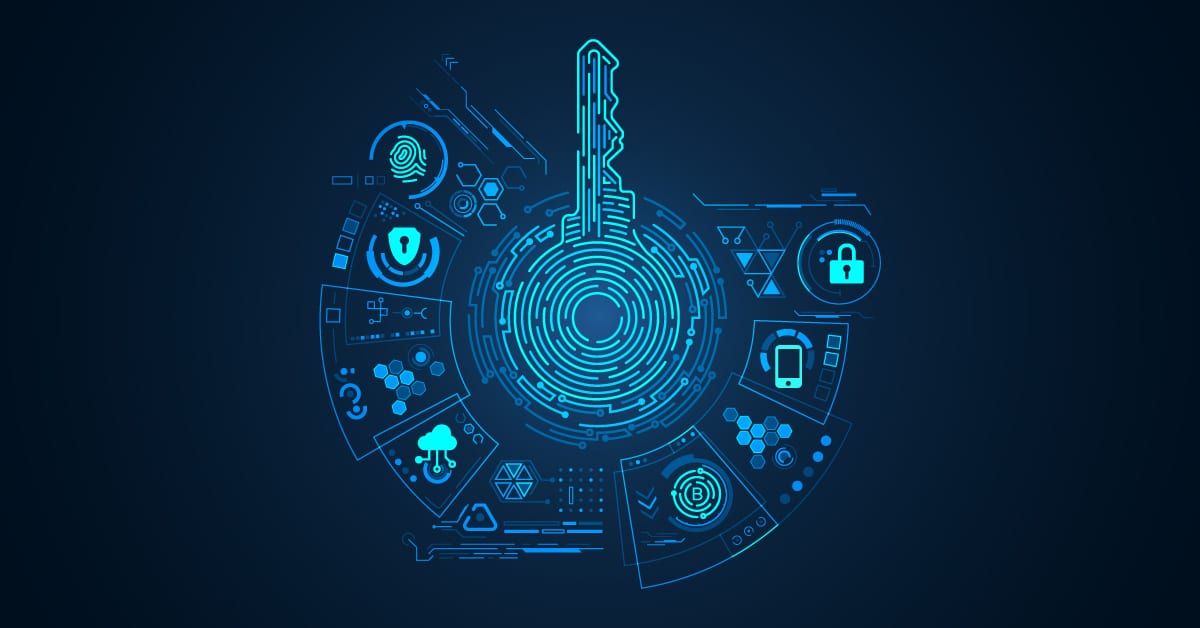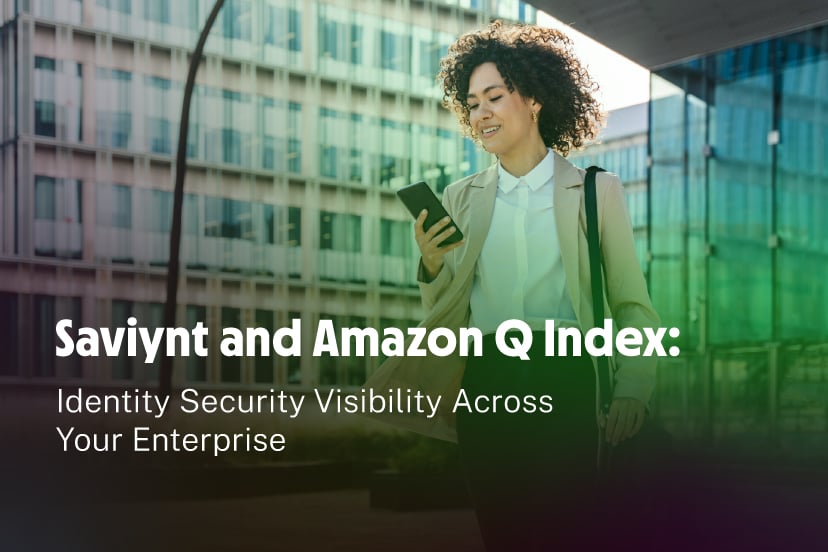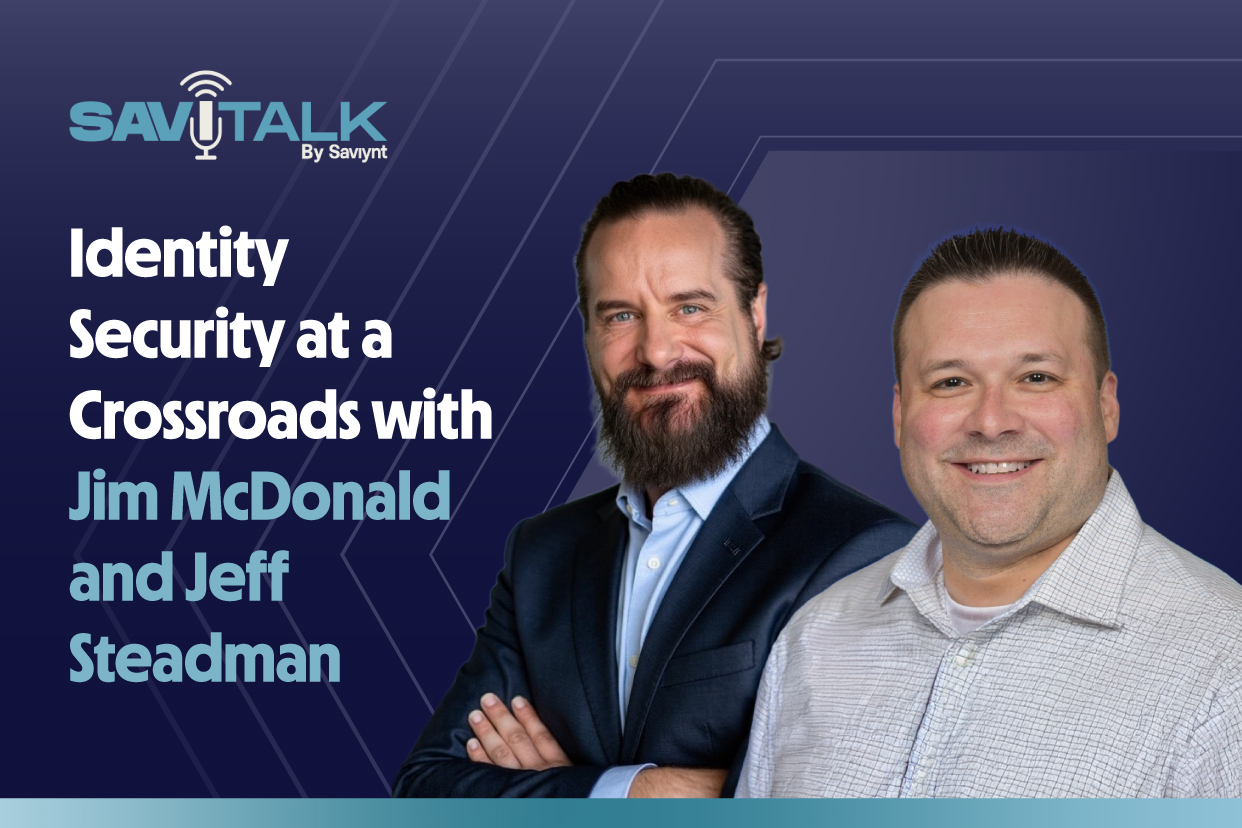Cloud PAM vs. CIEM
Cloud Infrastructure Entitlement Management (CIEM) is often confused with Cloud PAM, so let’s briefly identify the differences between the two. CIEM helps organizations manage the myriad of entitlements that exist in the Cloud. CIEM ranges from fine-grained access on S3 buckets to IaaS roles and policies. On the other hand, Cloud PAM focuses on the privileged account and limiting/brokering/assigning access to these accounts on an as-needed basis — in contrast to standing privilege. Neither Cloud PAM nor CIEM is better than the other. They’re simply useful for different things.
SaaS Security Challenges
SaaS presents a particular challenge when it comes to security. Most organizations are actively using many different SaaS solutions, each fully siloed. The average employee regularly logs into eight different SaaS solutions. And 71% of companies have at least one SaaS subscription that isn’t being used (or monitored, as a result). IT departments struggle to maintain visibility into these resources and the sensitive data they typically contain.
Integrating identity governance and managing access may be simple (thanks to built-in APIs) or complicated for multiple SaaS applications. But SaaS resources must holistically integrate with the organization’s security and governance model. To sufficiently secure SaaS solutions, you must manage user identities centrally and access throughout the entire tech stack, identify which resources are available to which identities and apply controls to secure the environments. All of this is possible with a Cloud PAM that includes identity governance capabilities.
Securing the CI/CD Pipeline
The cloud is more than virtual machines, databases, and SaaS tools. One of the most popular cloud-architected strategy elements includes orchestrating cloud workloads using DevOps tools and continuous integration (CI) and continuous delivery (CD) processes. Serverless functions, containers, and Kubernetes workloads-as-services are now mainstream strategies to run workloads at scale. This innovation has expedited the process of pushing development to production, creating the DevOps process that is commonplace now.
Unfortunately, this innovation was mostly concerned with the speed of development and implementation. Security was an afterthought. With DevOps, the continuous delivery component of CI/CD requires privileged accounts having rights to deploy code into the environment. These accounts are typically manually configured, and they too often persist indefinitely — creating the standing privilege problem we identified above.
Breaches to the CI/CD pipeline are especially damaging since criminals can use an over-scoped key to take down an entire cloud datacenter. And if a fixed key is available in the automation software, they can easily copy it and use it when they like.
To solve this problem, DevSecOps evolved the CI/CD process to include security. Organizations can use Cloud PAM tools to eliminate keys with standing privilege and then evaluate each access request for suspicious activity and grant access for a limited time.
Read Why Your CI/CD Needs PAM and Saviynt to learn more about securing CI/CD with Cloud PAM.







